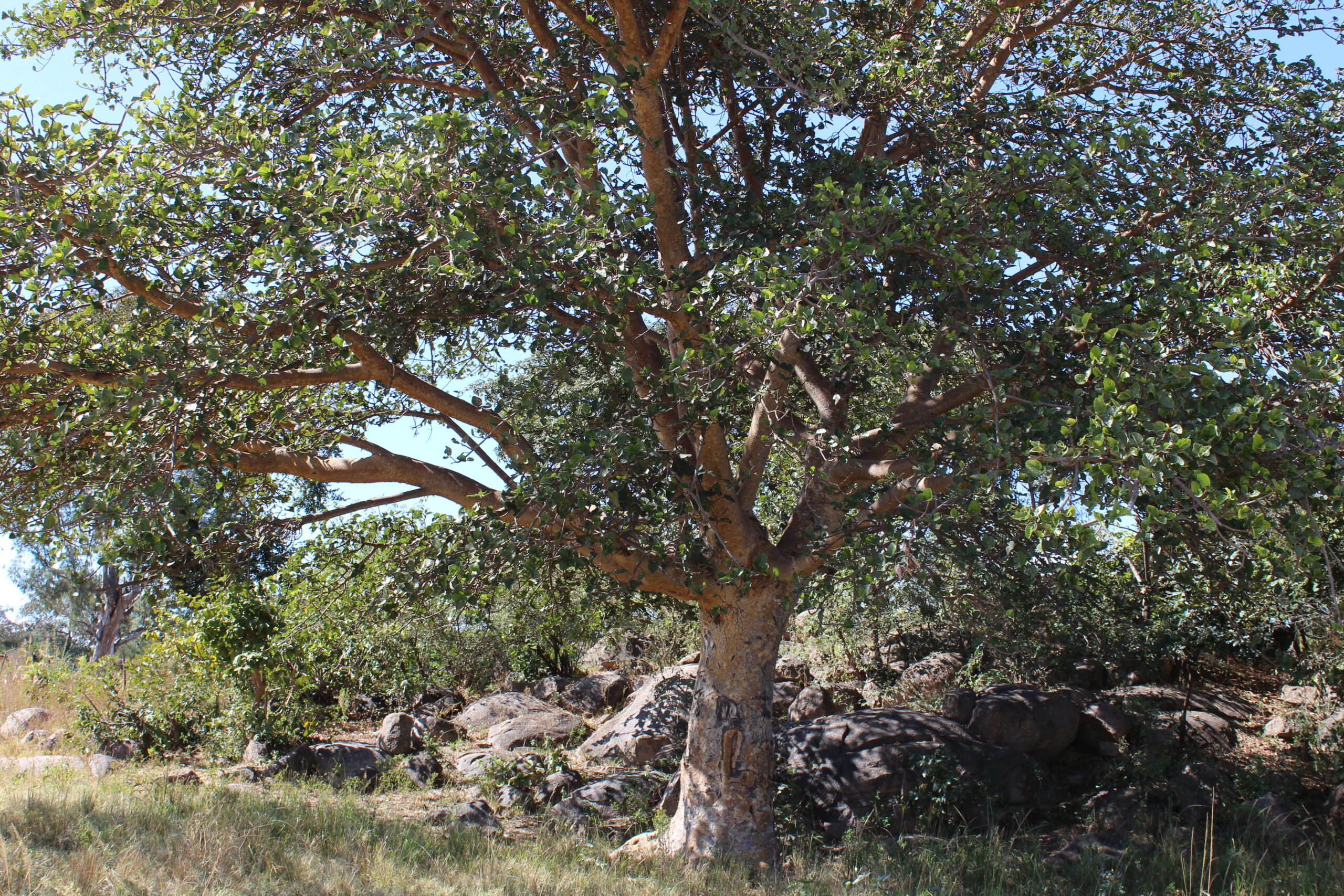I got the chance to drive through a vegetated area, taking a break from the bustling city pavements and potholed tar roads. I was wowed by the diversity of plant life, and realised how much I didn’t know about indigenous tree types. Here’s what I found out about the following 15 indigenous trees.
Mutsamvi
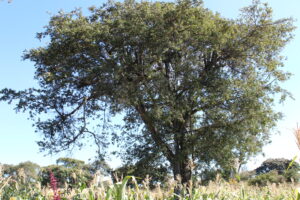
It is also known as mushavhi. The ‘tsamvi’ fruit is small, round and eaten by both birds and humans. The tree develops aerial roots. These roots have traditionally been used to treat colicky babies. They are processed so as to extract the juice which is fed to the baby. I was told of how in the past mothers would chew the roots, and the extracts given to the baby. The practice known as ‘kutsengera hura hwetsamvi’ inspired a line in one of the late Oliver Mtukudzi’s songs. ‘Zvinotsengerwa mwana iye omedza; kutsengera mwana iwe womedza, haunyare!’
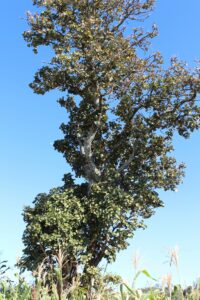
Mutiti
As a child, I loved collecting seeds of the mutiti tree, which we called ‘lucky beans.’ Mine was simply a collection. The seeds are used to make rattles and even necklaces. This tree’s wood is soft thus easy to carve. It is used to make such items as wooden plates. The sap of its flowers is popular with birds. A little-known fact is that the seeds contain a poison which can be fatal if injected into the bloodstream, but they have no effect if swallowed whole.
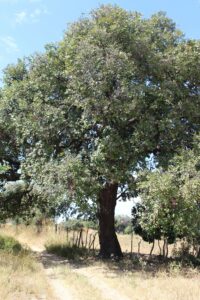
Muhacha
A popular wild fruit ‘hacha’ comes from this tree. The muhacha is considered sacred. In Shona religion, the ancestors are known to have prayed for food under this tree. Some talk of how a strong, almost blinding wind, would blow before the food suddenly appeared. Once one had their fill, they could not take with them the remaining food but simply give thanks before leaving. Today, many traditional ceremonies and rituals, such as mukwerera, are held under the muhacha tree. It has a distinct mushroom shape and is evergreen, making it conducive for traditional gatherings all year round.
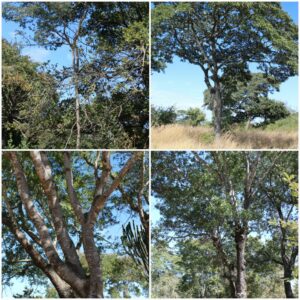
Mupfuti, Musasa, Munhondo and Muunze
These trees are used for firewood and the inner bark used as a thatching cord and fibre for weaving mats. The cords are also used when making fencing to place around cultivated fields. The fencing is known as ‘ruzhowa.’ The muunze is tall, while the munhondo and musasa trees are almost difficult to tell apart.
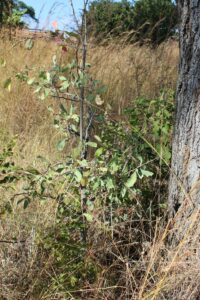
Chizhuzhu
The chizhuzhu shrub is associated with exposing witchcraft. In Shona custom after one dies a ritual is performed on the grave as soon as burial is completed. A friend of the family, known as ‘sahwira’, sweeps the grave with a branch to remove any footprints. The branch is then placed on top of the grave. It is a chizhuzhu branch that is used to perform this ritual. Early the following morning, a small group returns to inspect the grave for signs of tampering possibly by witches.
Stories are told of how back in the day, a chizhuzhu branch would be placed on the doorstep of a suspected witch during the night. In the morning, on seeing the branch, the suspect would know that people are demanding that he vacates the village on account of witchcraft.
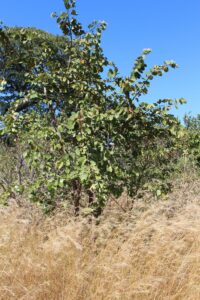
Mutukutu
The leaves of the mutukutu tree are used as cases when baking a type of homemade cake commonly known as ‘mupotohai’. The mutukutu tree produces woody oblong shaped pods which have an edible pulp inside. I remember eating these as a child and called them ‘monkey bread.’ The pods have seeds inside such that when dry, they make a rattling sound when shaken. I would always be torn between breaking it up to chew the pulp or keeping it as a rattle.
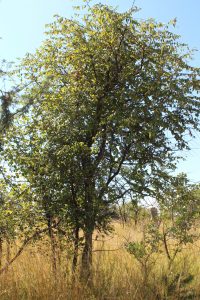
Muchecheni
The muchecheni tree has fish-hook like thorns, and leaves that are known to treat boils. The leaves are crushed to make a pulp which is spread over the boil. This will cause the boil to soften faster so that it is drained of the pus that has accumulated.
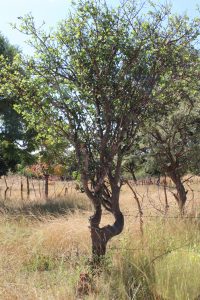
Mutara
Embers of the mutara tree are known to burn for a much longer period than those of other trees. It is therefore known for its use as a night torch. It is also known for making pegs used during a ritual called ‘kupinga musha,’ which is performed to protect one’s home.
Mubayamhondoro and Mupangara
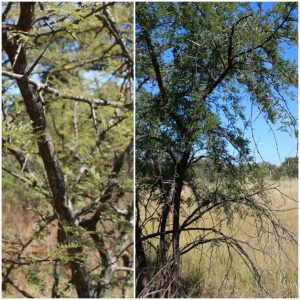
The thorns of the mubayamhondoro tree are straight and white, while those of the mupangara tree are almost like tiny branchlets. You do not want the mupangara ‘thorn in the flesh.’ The pain is excruciating while the thorn is almost impossible to pull out. Even a pair of pliers might not do it! Once as a child I had a local anesthetic administered so as to remove a mupangara thorn from my right foot.
Mukuyu
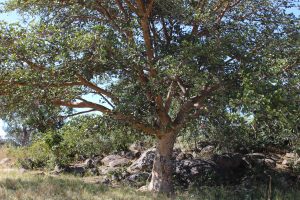
It is also known as muonde. This tree is known to produce a tasty fruit which is red on the outside. It is not uncommon however to find the inside full of ants. The ‘guyu’ fruit is the source of a common Shona idiom which says ‘guyu kutsvuka, kutsvuka zvaro asi mukati rizere masvosve.’
Mutatarimbo
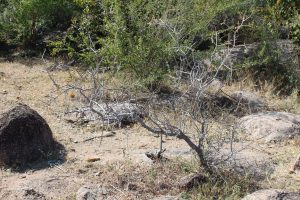
A milky substance produced by this tree is a key ingredient for making birdlime (urimbo). Urimbo from this tree is called chisimboti. It is distinguished from the urimbo of chikondekonde, mukamasanhu or other trees that produce substances suitable for birdlime.
After all the conversations I had to know more about indigenous trees, I realised one thing; conservation of trees is preservation of our culture.
The information contained in this article is for informational purposes only. Always seek the advice of your doctor or other qualified healthcare provider with any questions you may have regarding a medical condition. A special thank you to my parents who willingly gave their time to go through forests, identifying the various tree types and sharing the related stories.

